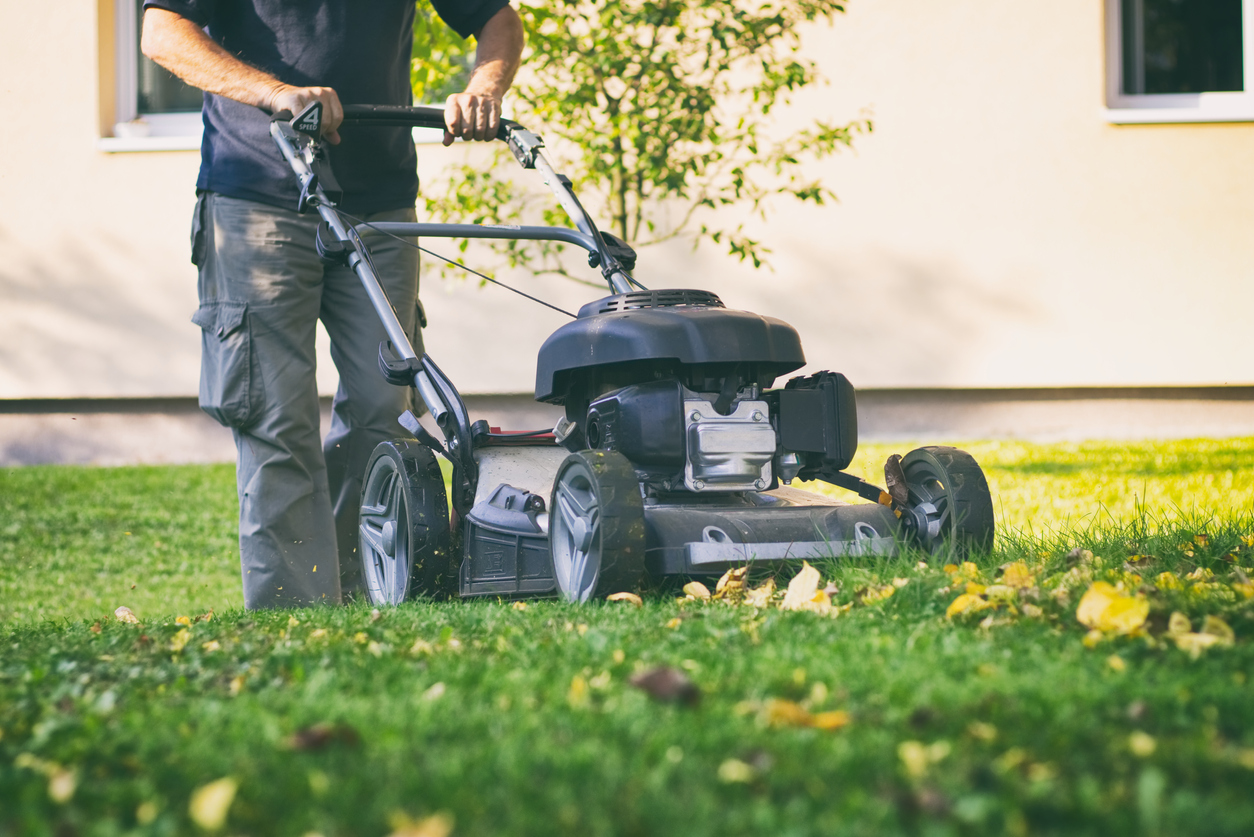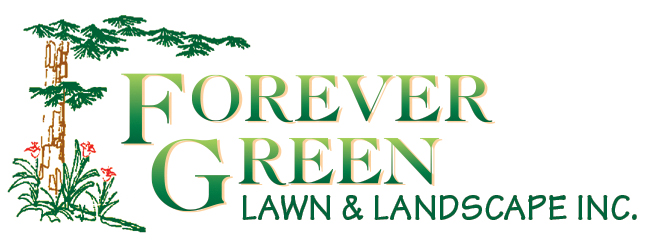Spring is finally on the horizon! After a cold, seemingly long winter, most Canadians are ready for the warm weather, longer days, backyard barbecues, and the beautiful brightly coloured foliage. Winter lawncare might have you feeling a little blue, but it’s finally time to start preparing your grass for spring, so that you can get the most out of your stunning outdoor space.
With that in mind, here are some helpful spring lawncare tips and considerations to make mowing your lawn less of a chore and more of an enjoyable outdoor activity!
How Tall Is Your Grass?
During the winter months, many plants including your grass, go dormant. That doesn’t necessarily mean that they stop growing or absorbing nutrients altogether, though. It simply means that your grass is slowly feeding off of what little nutrients are available to survive. Dormancy is akin to a state of suspended animation. The grass doesn’t die in the winter and then come back to life in spring. What happens is that the rate at which the grass absorbs nutrients slows down, the amount of nutrients available are severely limited, and the growth cycle decelerates.
Before cutting your grass in the spring, you should measure the length of the blades. If the grass is still fairly short, then you need to give it more time to grow and develop a strong root system before cutting it. Mowing grass that’s already short could irreparably damage the blades and hinder it from absorbing the nutrients it needs for good health.
What Type of Climate Do You Live In?
The climate you live in also matters when it comes to determining whether or not it’s too soon to mow your lawn in the spring. Early to mid-spring can bring with it different temperatures and weather conditions across Ontario. Some regions might have milder conditions while other regions might still be getting heavy snow or rainfalls. Refrain from cutting damp or frozen grass as you could risk damaging the blades and the internal root system. Wait until you’re completely in the clear weather-wise before trimming your grass.
Spring Lawncare Tips to Revive Your Grass
As mentioned, going dormant doesn’t mean your grass or your plants are dead; it simply means they’re in a state of suspended animation in which everything moves in slow motion. Nevertheless, there are certain things you can do in the early to mid-spring months to help reanimate your grass or bring it back to life.
Do Some Outdoor Spring Cleaning
Before you even think about pulling your lawnmower out of storage, take the time to clean up your yard. Scour the property for discarded branches, leaves, sticks, dead grass, dead or diseased plants, lawn ornaments, kids’ toys, and litter. Loose items like the ones mentioned here can get caught in your lawnmower’s throttle and can even cause expensive damages.
Don’t Scalp or Stress Your Grass
Yes, it’s possible to scalp and stress your grass out. Scalping is when you cut your grass too short to the extent that it looks like it’s barely sprouted from the ground. This is a big no-no as it can stress your grass out. Like many humans, when grass becomes stressed, it loses its appetite and has a hard time absorbing the nutrients and moisture it needs to thrive. Other causes of stress can be trying to mow your lawn or walking on it while it’s still damp. In fact, you should avoid walking on your grass as much as possible as this can cause it to become matted down over time.
Trim the Edges
Overgrown edges aren’t just an eyesore, but they can also be a nuisance to take care of over time. The longer you allow the edges of your lawn to get, the harder they are to manage. You should trim the edges of your lawn after every mow.
Avoid Watering Your Grass Immediately after Cutting It
While there’s nothing more refreshing than the scent of freshly cut grass in the springtime, one of the biggest mistakes you can make when it comes to lawncare is to water your grass immediately after mowing it.
The best time to water your lawn is early in the morning or whenever it needs a little hydration. The ground temperatures are slightly cooler in the morning than they are throughout the rest of the day and this makes it easier for the water to travel directly to the roots and absorb the moisture. Throughout the day, the ground will warm up and the moisture levels will diminish, which is actually a good thing.
Watering your lawn in the evening or nighttime, however, is ill-advised because the ground temperatures will continue to decrease and this can lead to fungal infections.
Use the Appropriate Gardening Tools
Proper lawn maintenance requires the use of the appropriate gardening tools. The types of tools you should use depend on a few different factors:
- The stage of the growing cycle your grass is currently in
- What your gardening goals are
- The current climate in your region
- The condition of your lawn and the type of care it needs
Unfortunately, not everyone has enough experience or a green thumb to be able to identify their grass care needs. If this sounds like you, then you might want to consider hiring a well-known lawncare service in Toronto to take care of your outdoor space.
Make Regular Lawn Maintenance a Habit
For optimal grass health and longevity, it’s important to make a habit out of cutting your grass regularly and keeping your outdoor space as clean and clutter-free as possible. If you’re unable to cut your grass once a week or as needed, then you can employ a skilled lawncare management company to do it for you on a regular basis.
FOREVER GREEN LAWN & LANDSCAPE INC. has been one of the leading lawncare, maintenance, and landscape management service providers in Toronto for nearly 25 years. Our award-winning landscaping services have helped numerous residential, commercial, and community-based properties across Toronto and the GTA maintain their natural beauty for many years. Contact us today to learn more about our services!


